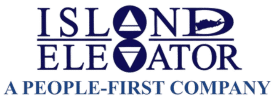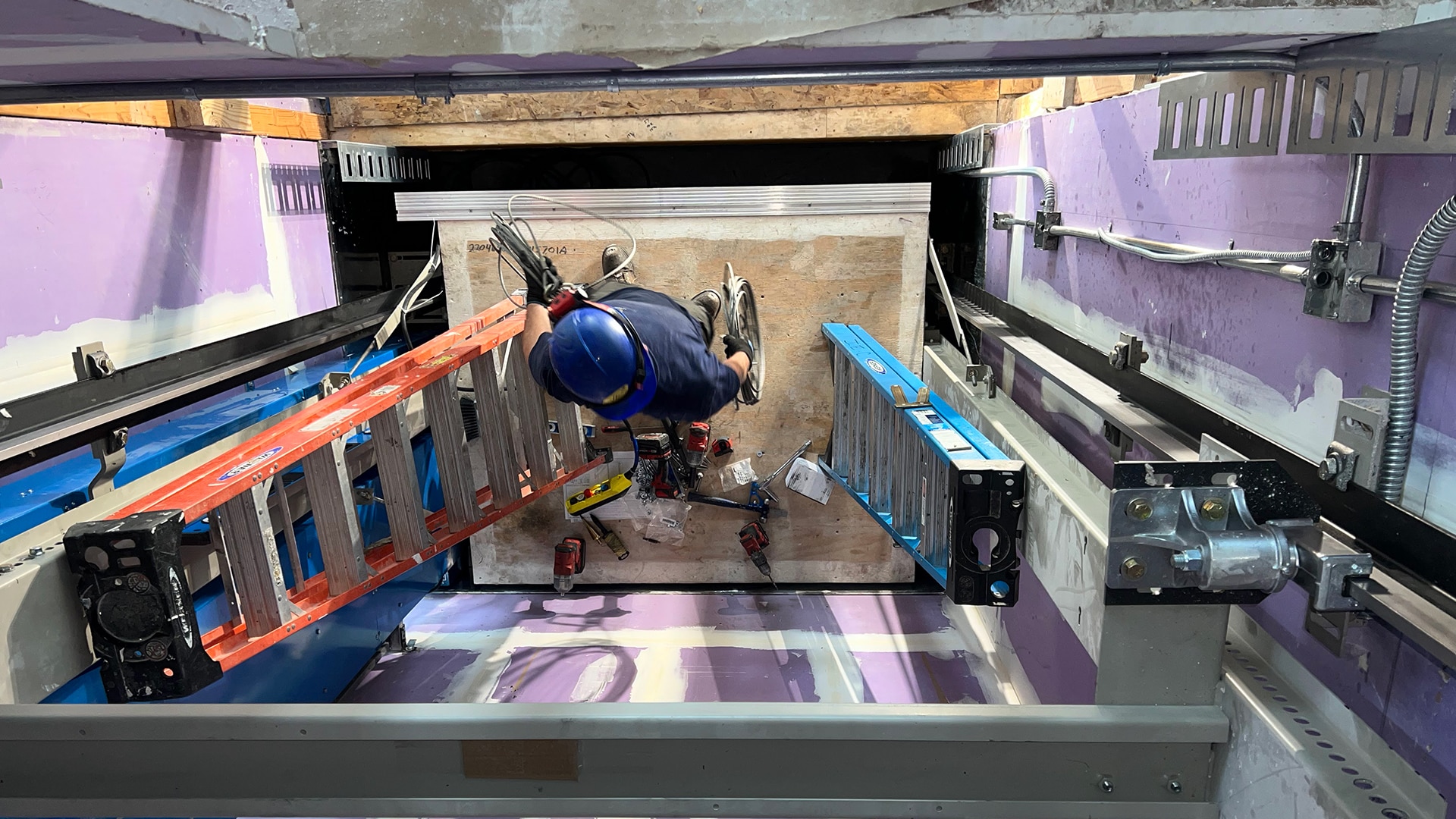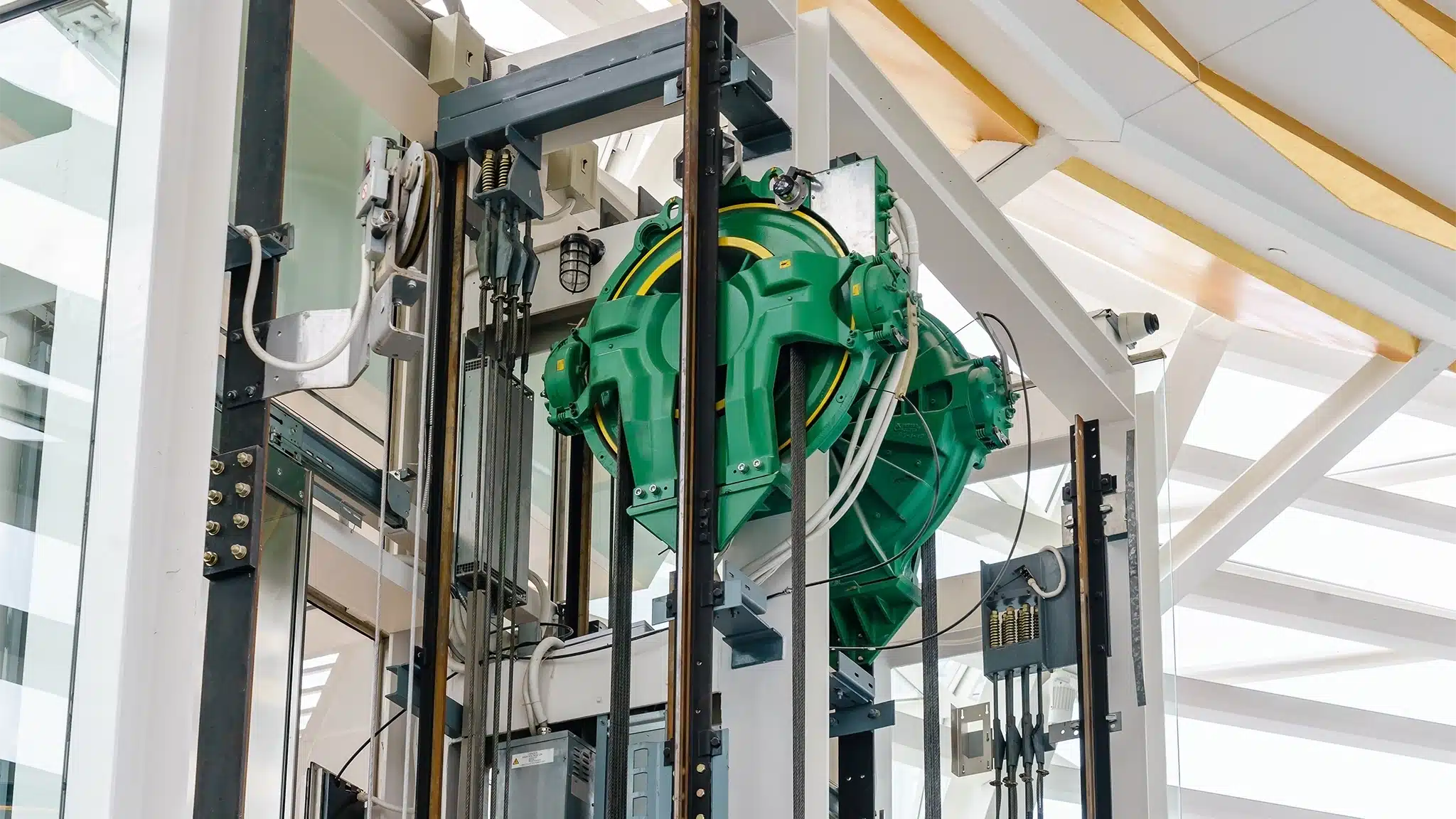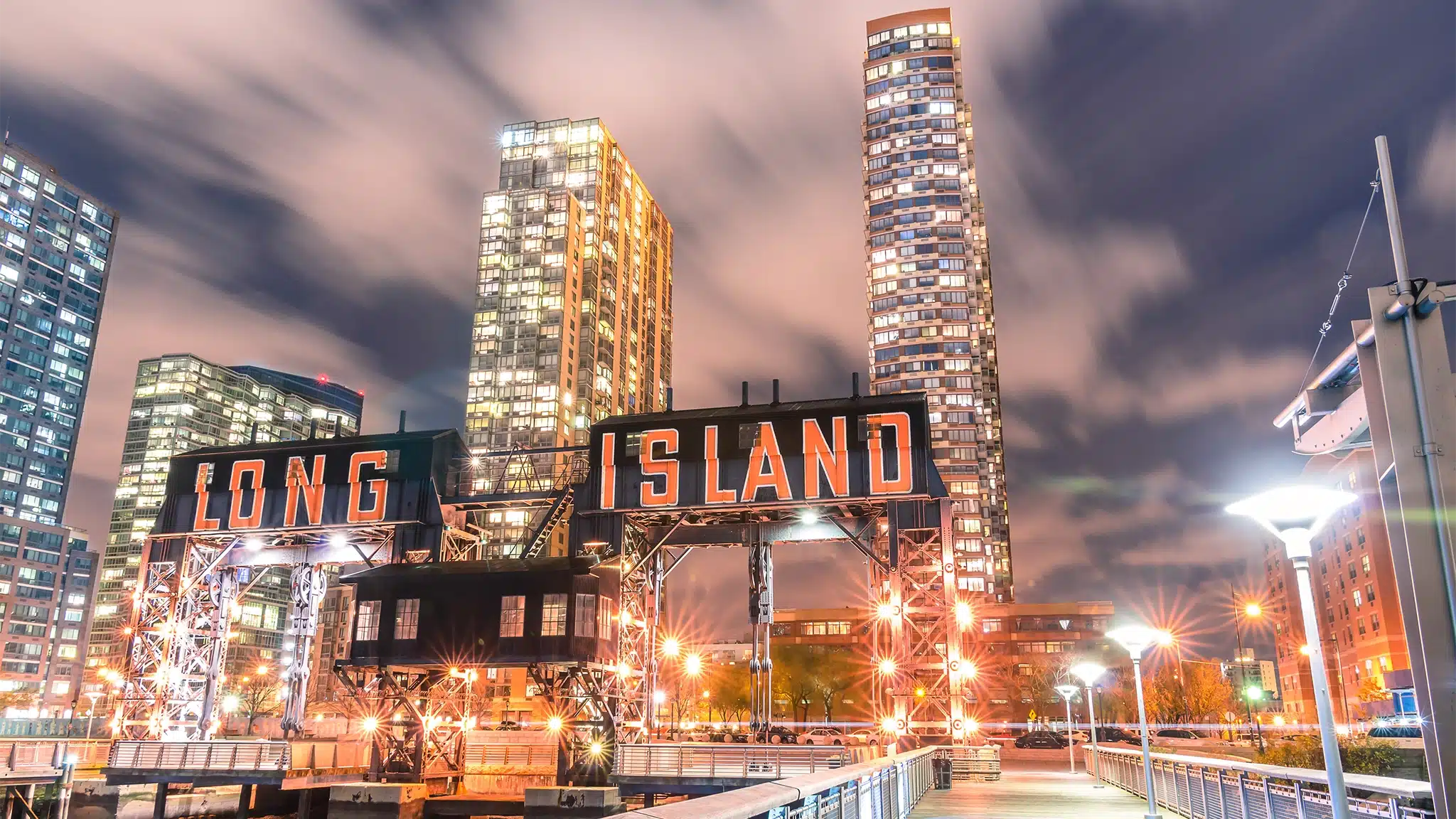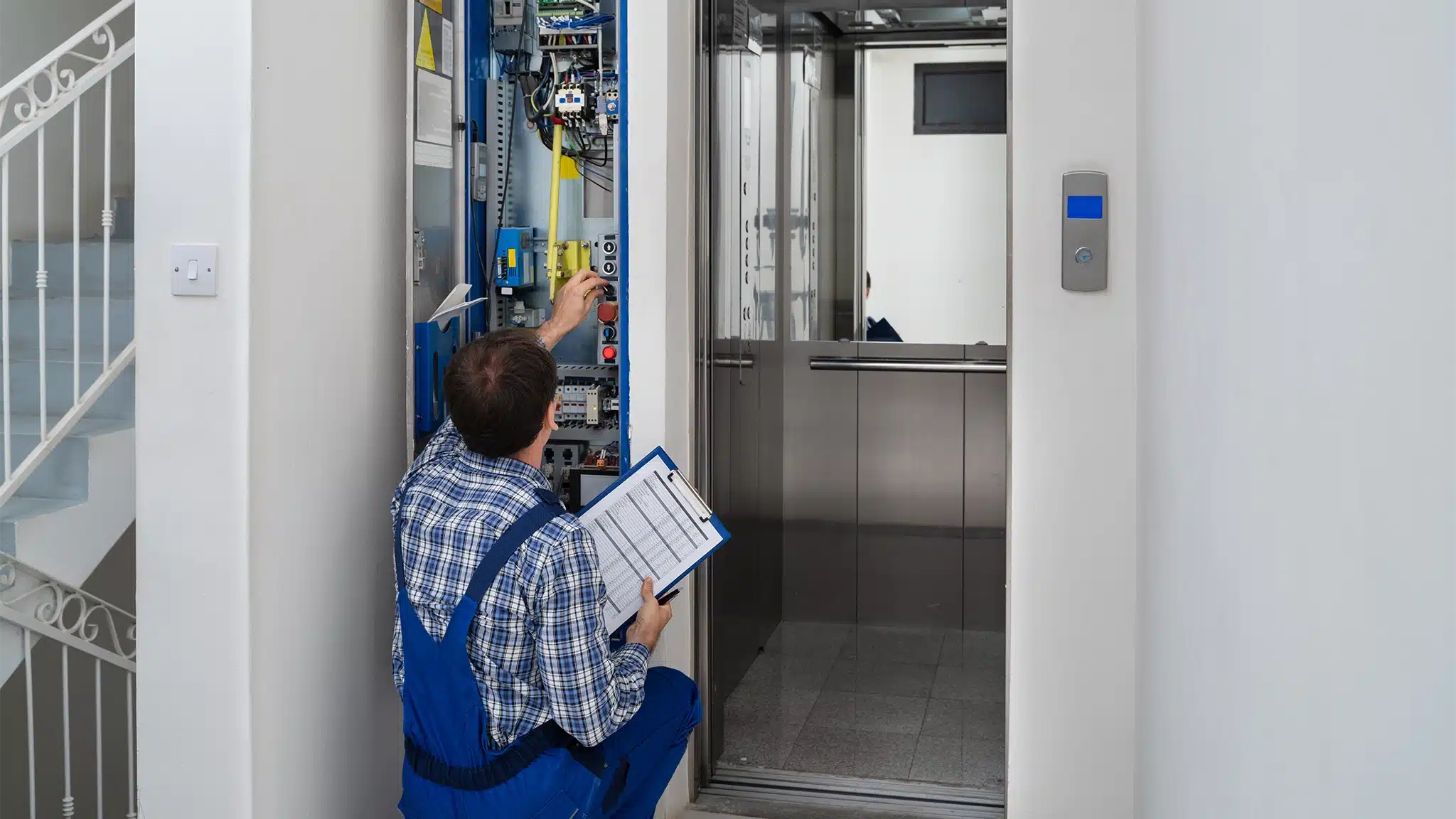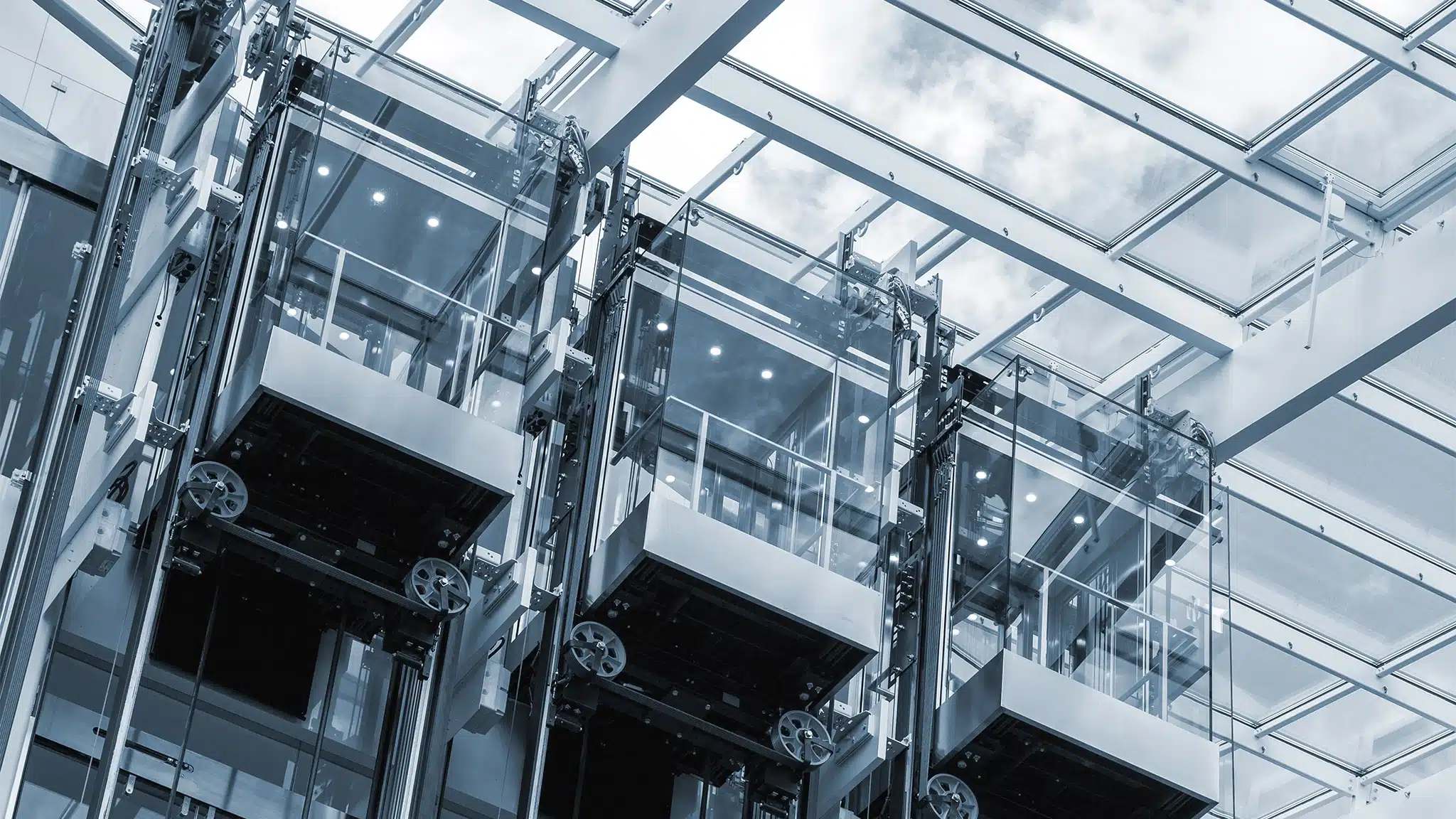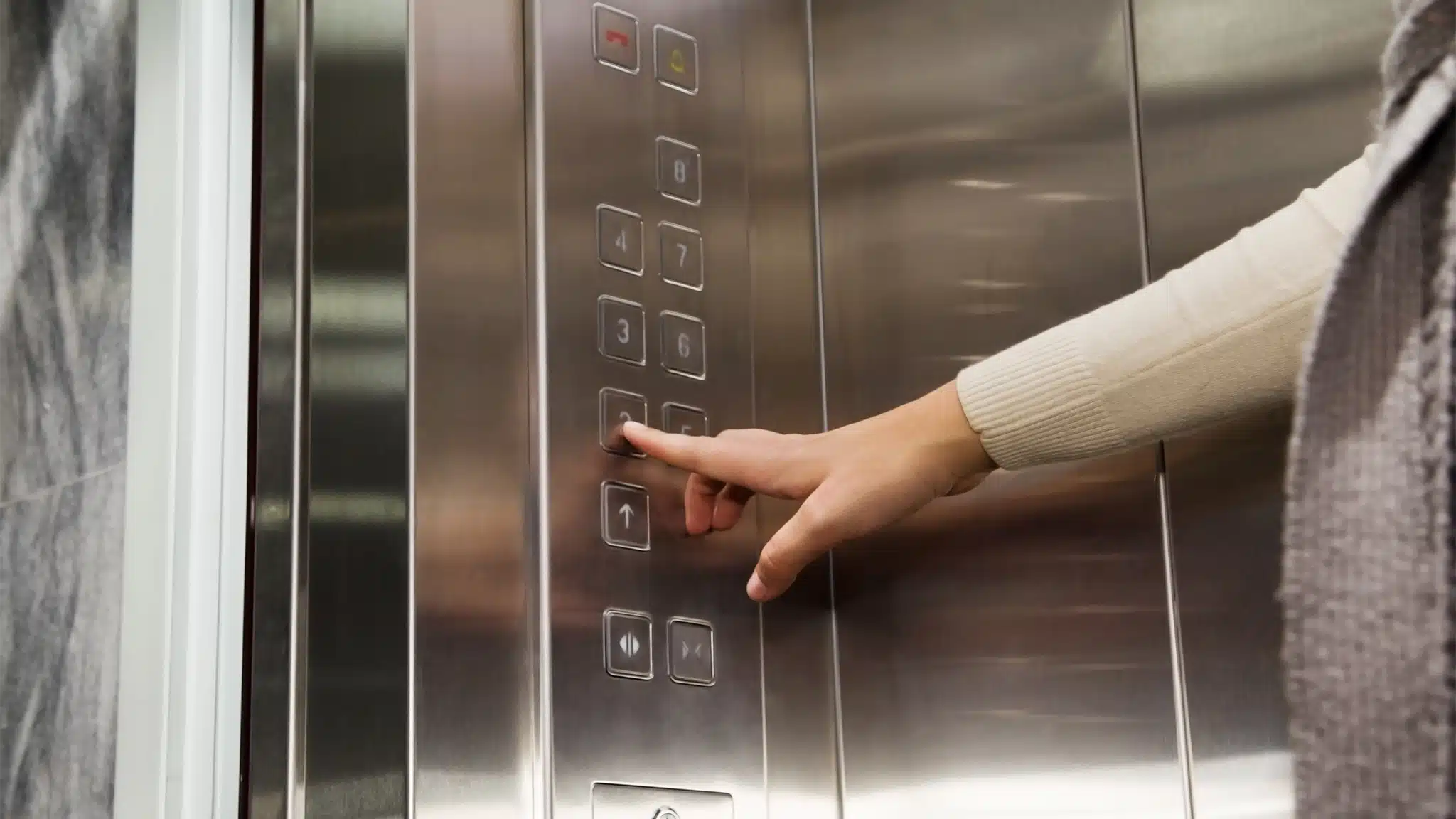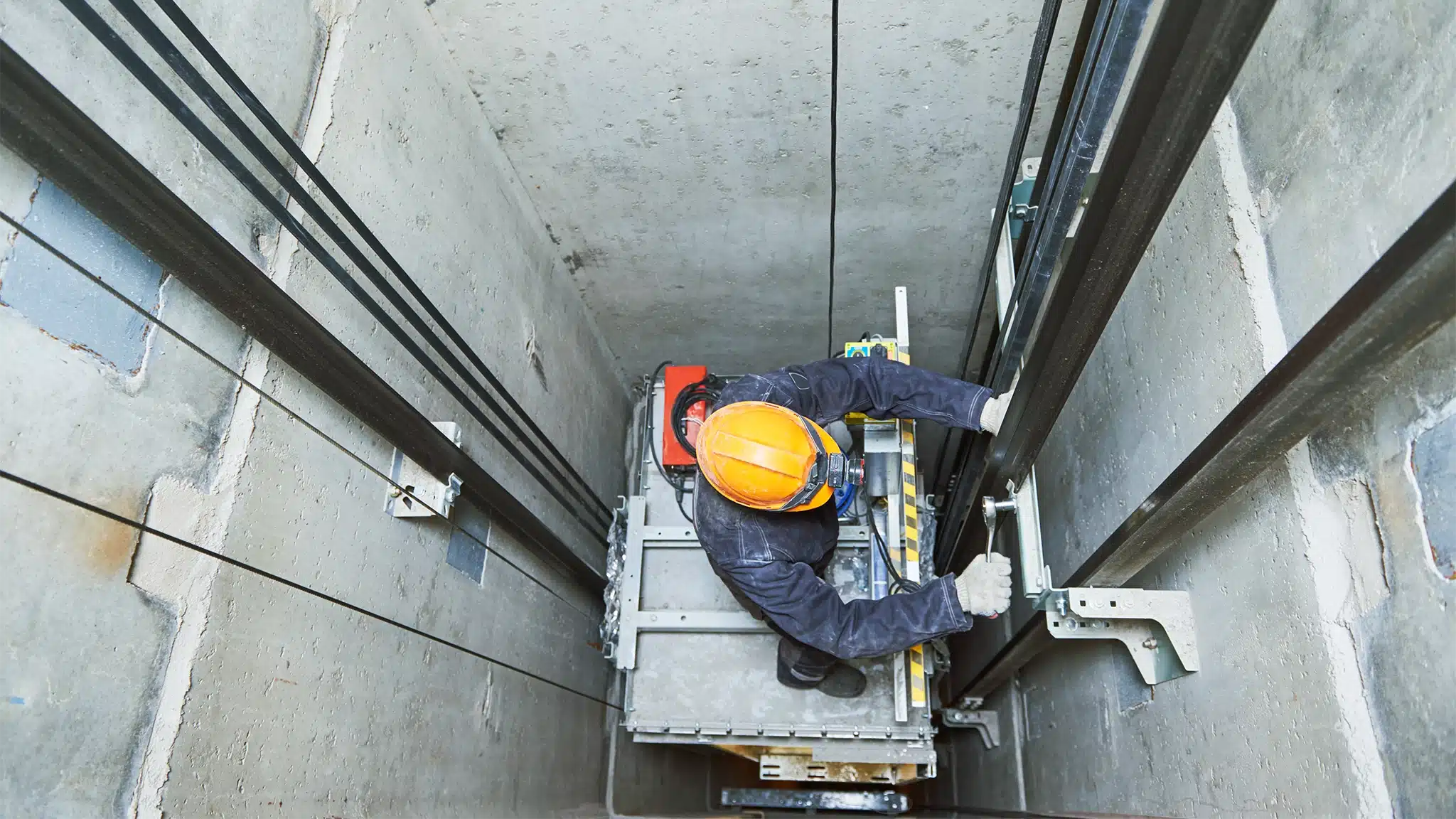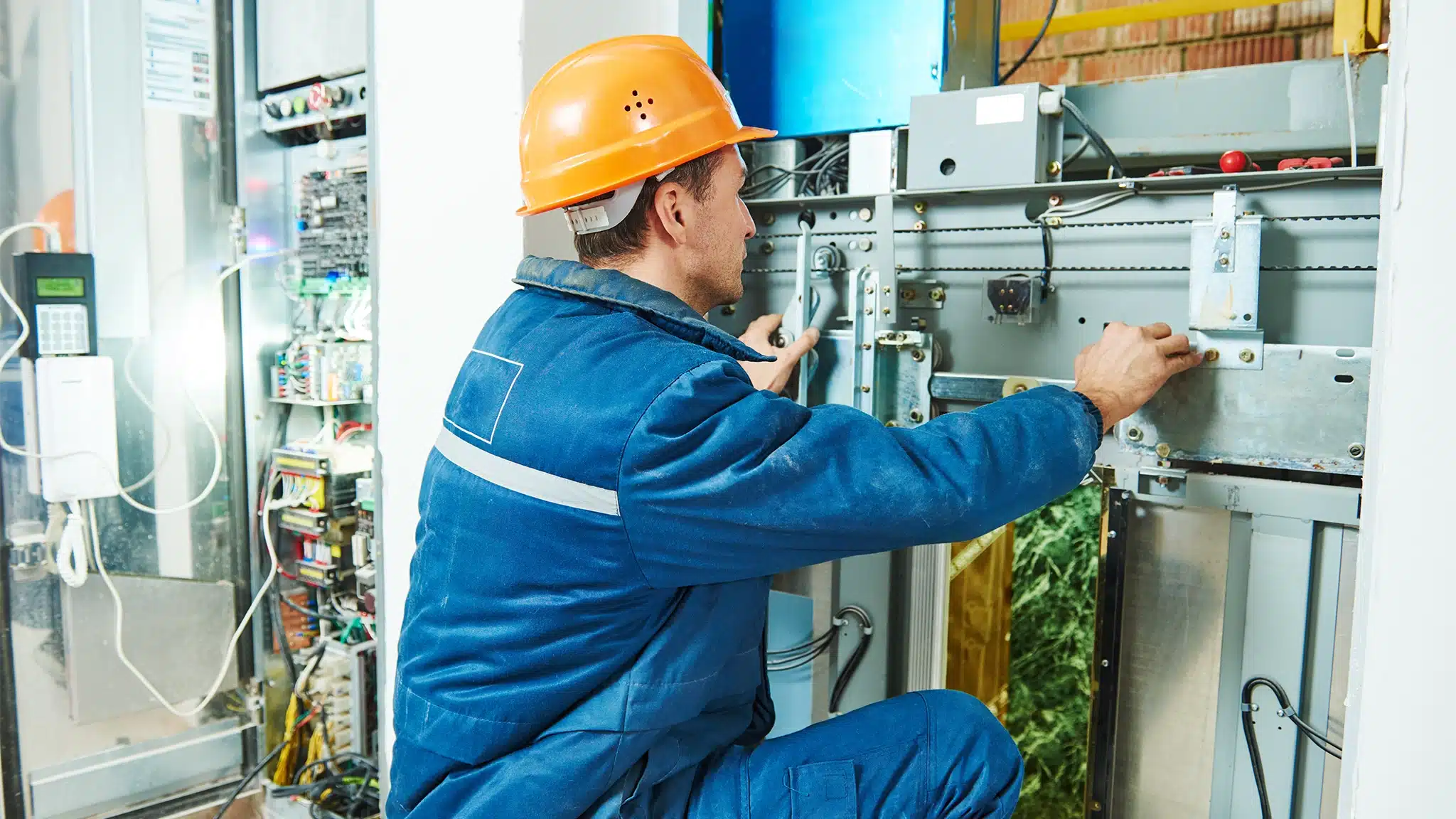In the fast-paced world of modern technology, the importance of keeping up with advancements cannot be overstated. For businesses and residential buildings, maintaining up-to-date elevator systems is crucial not only for operational efficiency but also for safety and compliance with current codes. At Island Elevator, the leading elevator company in Long Island, NY, we emphasize the significance of equipment modernization in enhancing the performance and reliability of your elevator systems.
Why Modernize Your Elevator Equipment?
Enhanced Efficiency and Performance
Older elevator systems often operate on outdated technology, leading to inefficiencies and higher energy consumption. Modernization replaces these obsolete components with advanced, energy-efficient alternatives, reducing operational costs and improving overall performance. This upgrade can lead to smoother, faster, and quieter rides, greatly enhancing user experience.
Compliance with Current Safety Codes
Safety standards and codes evolve over time, and maintaining compliance is essential for the safety of all building occupants. Modernizing your elevator ensures that it meets the latest safety regulations, reducing the risk of accidents and legal liabilities. Updated systems come equipped with advanced safety features such as better braking systems, door sensors, and emergency communication systems.
Improved Reliability and Reduced Downtime
Older elevators are prone to frequent breakdowns and malfunctions, leading to inconvenient downtime and costly repairs. By upgrading to modern equipment, you can significantly reduce the likelihood of unexpected failures. Modern components are designed to be more durable and require less maintenance, ensuring your elevator remains operational and reliable.
Cost-Effective Solution
While the initial investment in modernization might seem significant, it is a cost-effective solution in the long run. Upgrading your elevator can extend its lifespan, delaying the need for a complete replacement. Additionally, the energy savings and reduced maintenance costs can quickly offset the initial expenses.
Enhanced Aesthetic Appeal
Modernization isn’t just about internal components; it also involves upgrading the elevator’s aesthetics. A modern, sleek design can enhance the overall look and feel of your building, leaving a positive impression on tenants and visitors. Options like new control panels, lighting, and cabin finishes can transform the appearance of your elevator.
Key Components of Elevator Modernization
Control System Upgrades
Replacing old relay-based controls with microprocessor-based systems enhances operational efficiency and diagnostic capabilities.
Door Operator Replacement
Modern door operators improve the reliability and speed of door operations, reducing waiting times and enhancing safety.
Hoist Machines
Upgrading to gearless or permanent magnet gearless machines can significantly reduce energy consumption and improve ride quality.
Safety Features
Incorporating modern safety devices such as rope grippers, overspeed governors, and emergency power systems ensures compliance with the latest safety standards.
Cabin Interiors
Upgrading the cabin interiors with new materials, lighting, and fixtures can improve the overall aesthetic appeal and user comfort.
Investing in elevator modernization is a smart decision for any building owner. It not only improves the performance and safety of your elevator system but also enhances its aesthetic appeal and energy efficiency. At Island Elevator, we specialize in providing top-notch modernization services tailored to your specific needs. Our team of experts ensures that your elevator system meets the latest standards and operates at peak efficiency.
Contact us today at (631) 491-3392 or customerservice@islandelevator.com to learn more about our modernization services and how we can help you upgrade your elevator system for a safer, more efficient future.
